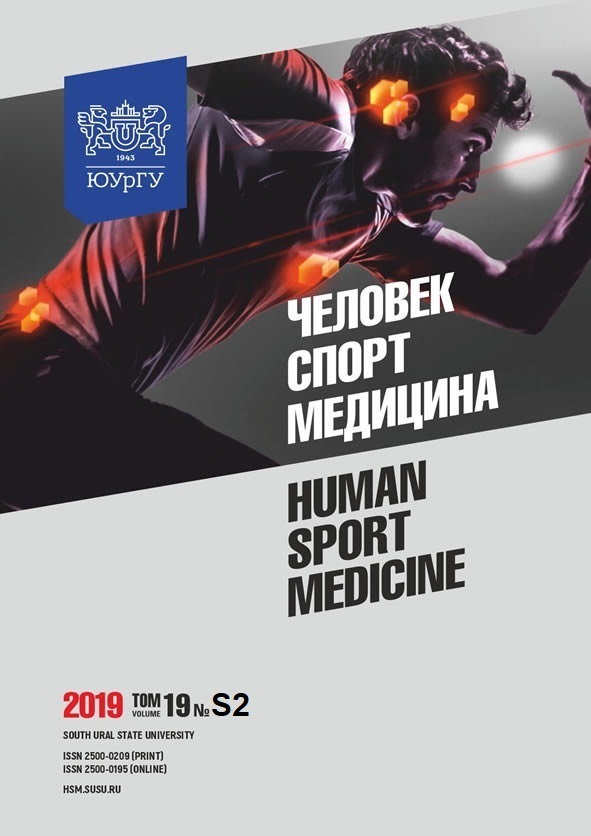THE CORRELATION BETWEEN MOTOR QUALITIES AND HEART PUMPING FUNCTION RESERVES IN YOUNG ATHLETES
Abstract
Aim. The purpose of the article is to study the patterns of forming heart pumping function reserves in schoolchildren in the conditions of hypo- and hyperkinesia. Materials and methods. The heart pumping function was assessed with the help of Ergoracer cycle ergometer (Kettler) and the load adjusted using ERGO-KONZEPT software developed for this equipment. Reserves were established by the difference between the indicators of the heart pumping function: heart rate, stroke volume, minute blood flow at maximum load and at rest. The peculiarities of heart pumping function reserves were studied in the conditions of adaptation to different movement modes in schoolchildren aged 7–18 years. Results. It was established that heart reserves in terms of heart contractions increase with age mainly by lowering the frequency at rest. Heart reserves in terms of stroke volume and minute blood flow also increase with age, especially in trained persons. The nature of changes in the reserves of minute blood flow coincides with the pattern of changes in heart reserves in terms of stroke volume. Conclusion. The study of heart reserves allowed to find the peculiarities of changes in the chronotropic and inotropic responses of the heart, which were established as the difference between heart rate frequency, stroke volume, and minute blood flow at maximum stress and the data obtained at relative rest during adaptation to different movement modes.
References
References on translit
Copyright (c) 2020 Human. Sport. Medicine

This work is licensed under a Creative Commons Attribution-NonCommercial-NoDerivatives 4.0 International License.















